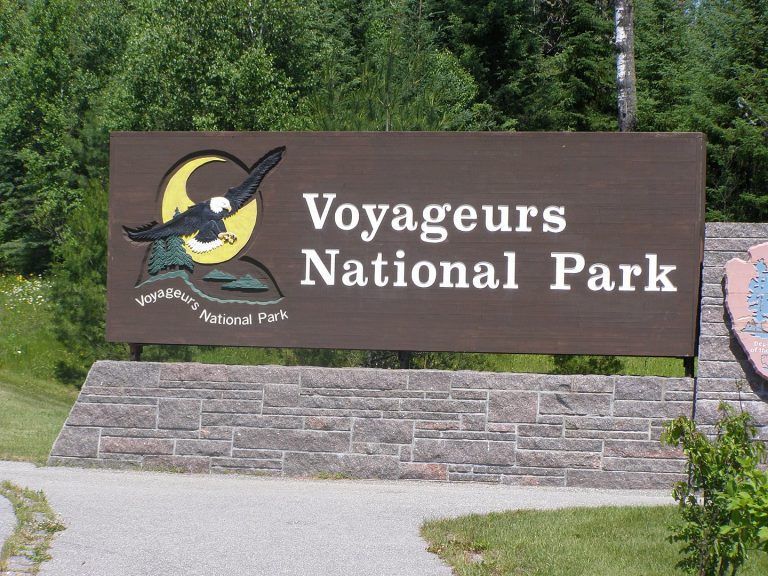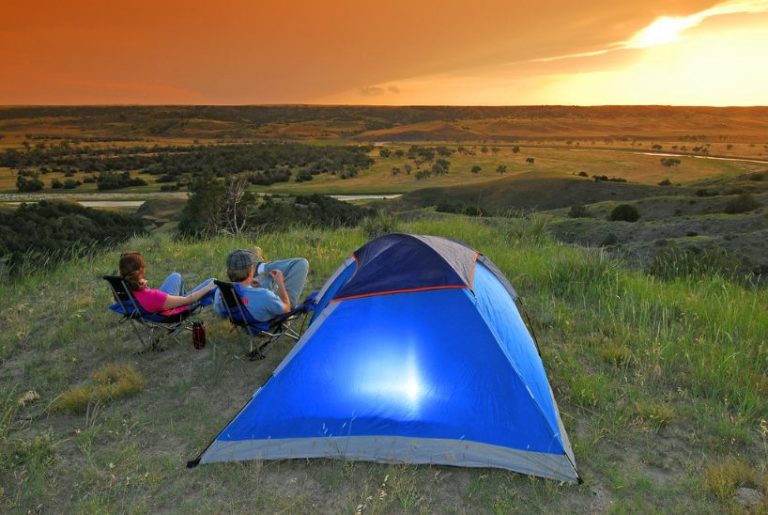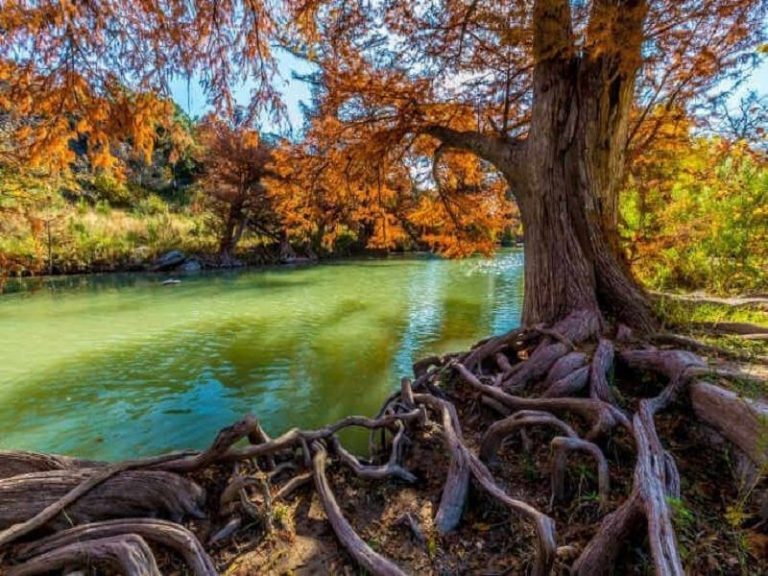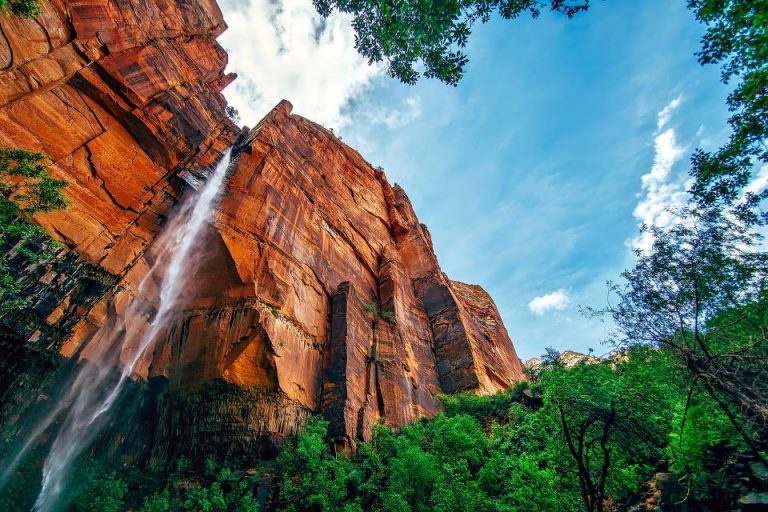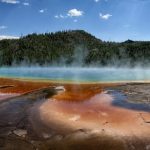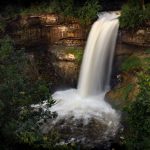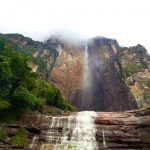Voyageurs National Park In Minnesota Wildlife Refuge
Voyageurs National Park In Minnesota is one of the most picturesque parks in the US. It is located on the Canadian border and features breathtaking views of the surrounding landscape. The park encompasses over 218,055 acres (1,000 square miles) and includes North America’s largest contiguous wetlands.
Read more: The Ultimate Guide to Camping in Minnesota State Parks
Why is Voyageurs National Park Important to Minnesota?
Voyageurs National Park is one of Minnesota’s most treasured natural resources. The park is home to a diverse array of plant and animal life, as well as some of the state’s most beautiful scenery. Voyageurs National Park is also an important recreation destination for Minnesota residents and visitors. The park offers a variety of outdoor activities, including camping, hiking, fishing, and canoeing.
Voyageurs National Park is important to Minnesota for many reasons. The park’s natural beauty is a major draw for tourists, which benefits the state’s economy. The park is also home to a variety of plant and animal species, some of which are found nowhere else in the world. Additionally, the park plays an important role in protecting Minnesota’s water resources. Voyageurs National Park is a vital part of Minnesota’s natural heritage and should be protected for future generations to enjoy.
How Many Lakes Makeup Voyageurs National Park In Minnesota?
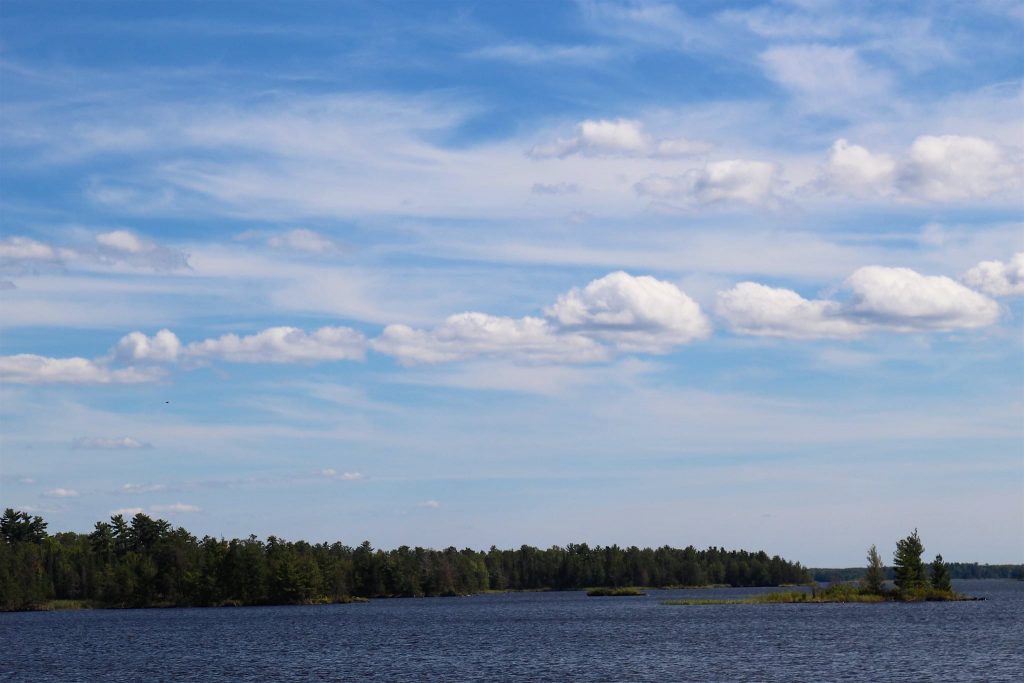
Voyageurs is made up of four large lakes: Rainy Lake, Kabetogama Lake, Namakan Lake, and Sand Point Lake. These lakes were formed by glaciers during the last ice age and are some of the deepest and largest lakes in North America. Together, they make up over one-third of the park’s total area.
What Percent of Voyageurs National Park is Water?
Voyageurs National Park is a water-based park, with over one-third of its area covered by water. This makes sense given its location in northern Minnesota, which is known for its many lakes. But just how much of the park is water?
According to the National Park Service, Voyageurs National Park is made up of over 40% water. This includes not only the large lakes that the park is known for, but also smaller lakes, rivers, and wetlands. The park’s waterfalls, rapids, and bogs also contribute to this high percentage.
This abundance of water makes Voyageurs National Park a unique and beautiful place to visit. Whether you’re looking to paddle a canoe through the park’s waterways, fish for walleye, or just enjoy the views, Voyageurs National Park is sure to please.
How Many Acres is Voyageurs National Park?
Voyageurs National Park is a large national park located in Minnesota. The park covers a total of 218,055 acres, making it one of the largest national parks in the United States. The park is known for its large lakes, forests, and wildlife.
How was Voyageurs National Park Formed?
Voyageurs National Park was formed over a period of millions of years, as the earth’s crust slowly shifted and formed the Canadian Shield. This area is rich in minerals and natural resources, which were first exploited by the Native Americans who lived here. Later, European explorers and fur traders came to the area in search of beaver pelts, which were highly prized in Europe. The voyageurs were French-Canadian fur traders who traveled by canoe and were the first to open up the interior of North America. They established trading posts and settlements along the major waterways, and their influence can still be seen in the place names of many of the lakes and rivers in the park.
How Many Animals are in Voyageurs National Park In Minnesota?
Voyageurs National Park is home to a diverse array of wildlife, including more than 100 species of birds and 50 species of mammals. The Boreal forest that surrounds the park is home to a variety of tree and plant species, as well as a unique array of wildlife. The park is also home to a variety of fish, amphibians, and reptiles.
Voyageurs National Park is home to a variety of wildlife, including beavers, otters, bald eagles, and loons. The park is also home to a variety of fish, including walleye, northern pike, and smallmouth bass.
How Many Wolves are in Voyageurs National Park?
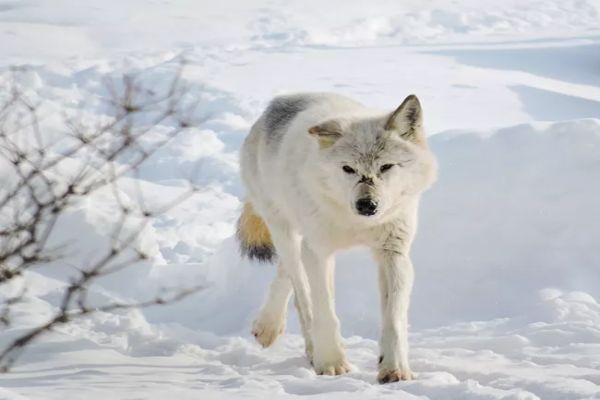
What kind of Wildlife is in Voyageurs National Park?
Voyageurs National Park is home to a healthy population of wolves, with numbers fluctuating between 30 and 50 animals in recent years. The park is split into 6 to 9 territories, each of which is occupied by a single pack. The best time to see wolves in the park is in the winter when they are actively hunting or moving around the shorelines of the lakes. You may also spot them crossing park roads or hiking trails. If you do see a wolf, remember to give it plenty of space and back away slowly.
Where are the Moose in Voyageurs National Park?
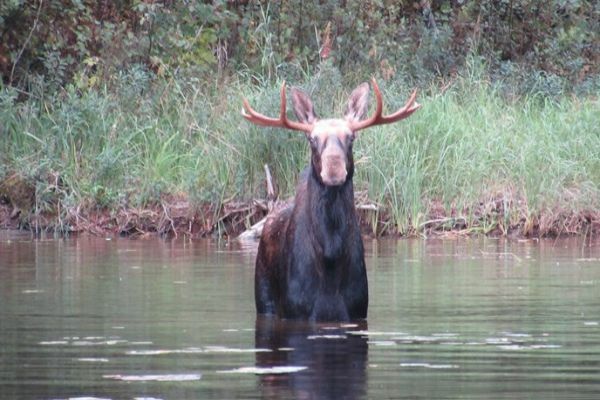
Voyageurs National Park is home to a variety of wildlife, including moose. While the population of moose has remained fairly constant in recent years, there are still plenty of places to view these majestic animals.
The Kabetogama Peninsula is one of the best places to see moose in the park. In the summer, moose can often be seen along the Cruiser Lake Trail or at remote beaver ponds. Early morning is often the best time to catch a glimpse of these animals.
Although the population of moose is relatively low compared to other areas of Minnesota and Ontario, Voyageurs National Park is still a great place to see these animals in their natural habitat.
What Year did Voyageurs become a National Park?
President Richard Nixon approved legislation on January 8th, 1971 to create Voyageurs National Park. However, it would take four more years before the National Park Service could acquire all the land necessary.
Is Voyageurs National Park Open Year-Round?
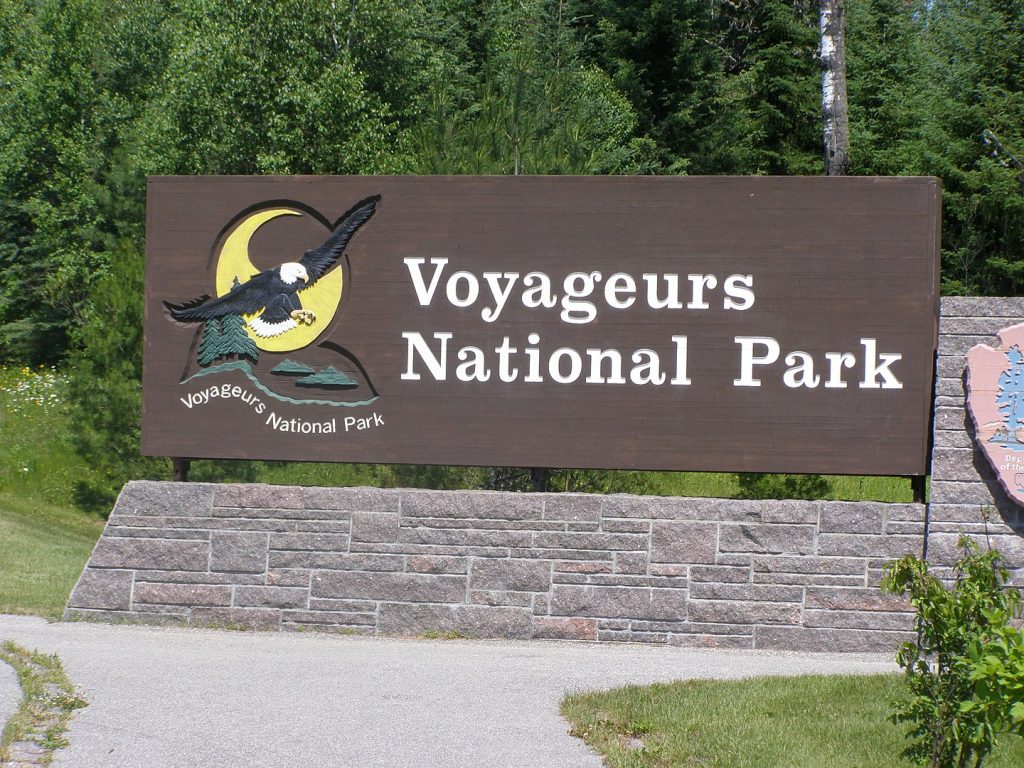
Voyageurs National Park is a beautiful place to visit no matter what time of year it is. The park is open year-round, so you can enjoy its many features and attractions any time you like.
In the winter, the park is a great place to go snowmobiling, cross-country skiing, or ice fishing. You can also take a scenic snowshoe hike or go for a refreshing walk on one of the park’s many trails.
In the summer, the park is perfect for canoeing, kayaking, and fishing. You can also enjoy hiking, biking, and camping. There are also many ranger-led programs and activities that take place during the summer months.
No matter what time of year you visit Voyageurs National Park, you’re sure to have a great time.
Visitor Centers
Voyageurs National Park is a beautiful and unique place, and its visitor centers are a great way to learn about the park and its history. There are three visitor centers in the park, and each one has something different to offer.
The Rainy Lake Visitor Center is the largest of the three, and it has a lot to offer visitors. There are interactive exhibits, a theater, and a gift shop. The Rainy Lake Visitor Center is a great place to learn about the history of the park and its wildlife.
The Kabetogama Lake Visitor Center is smaller than the Rainy Lake Visitor Center, but it has a lot to offer visitors as well. There are interactive exhibits, a theater, and a gift shop. The Kabetogama Lake Visitor Center is a great place to learn about the history of the park and its wildlife.
The Ash River Visitor Center is the smallest of the three, but it is still a great place to learn about the park. There are interactive exhibits, a theater, and a gift shop. The Ash River Visitor Center is a great place to learn about the history of the park and its wildlife.
Directions
-
What Are The Main Things You Need For Camping
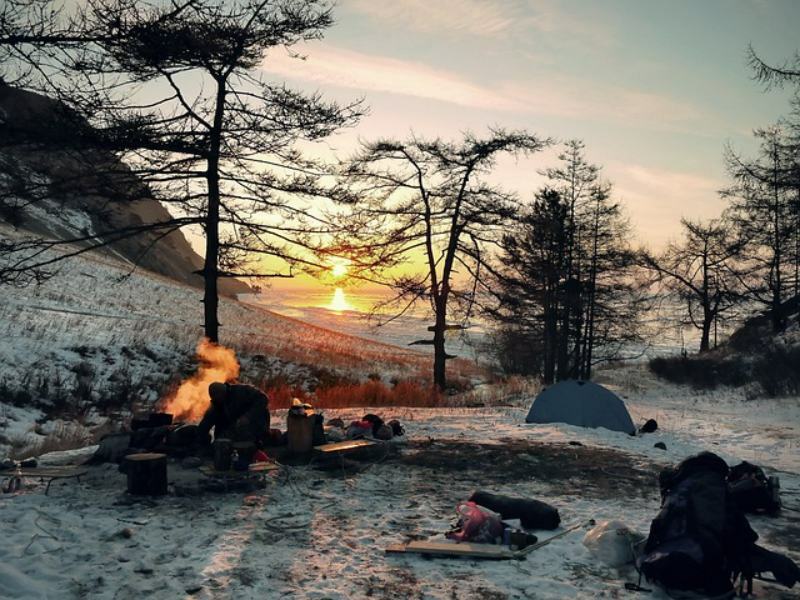
Camping is one of the most enjoyable pastimes available. Who wouldn’t want to go away from the city, pitch a tent beneath the stars, and prepare a delectable supper over an open fire? Camping, whether at campsites, mountains, or on the river, is something I believe everyone should do at least once in their lives.…
-
Best Sleeping Pads for Backpacking and Camping
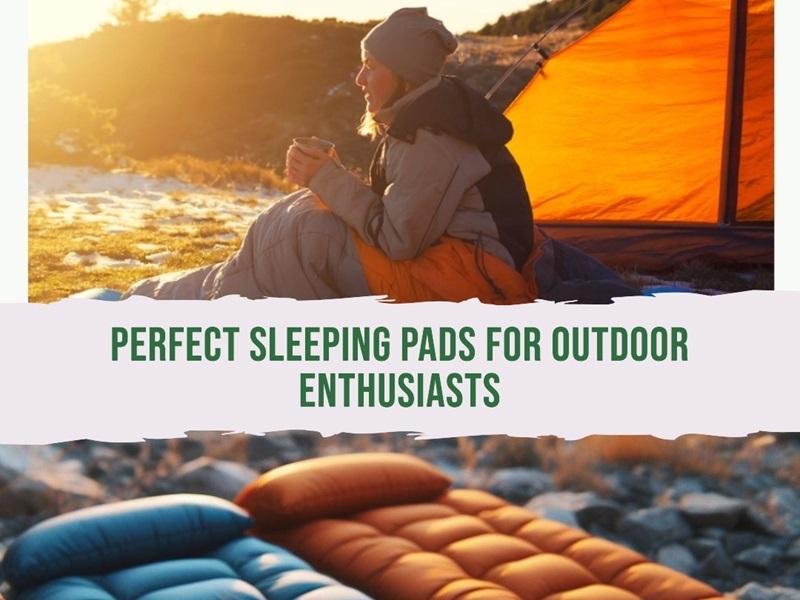
When preparing for a backpacking or camping adventure, choosing the right sleeping pads is essential for rest. The sleeping pad provides insulation from the cold ground and provides cushioning and comfort. This guide covers how to select the best sleeping pads for backpacking and camping based on different activities. Choosing the Right Sleeping Pad Choose…
-
Sleeping Bags Shape

A Comprehensive Guide to Choosing the Right Sleeping Bag Shape for Your Needs: Mummy vs. Oval vs. Rectangular vs. Semi-Rectangular vs. Square When planning your next camping trip, one of the most important decisions you’ll make is choosing the right sleeping bag. With so many different shapes and styles to choose from, it can be…
-
The Best Backpacking Sleeping Bags Under $100 in 2024
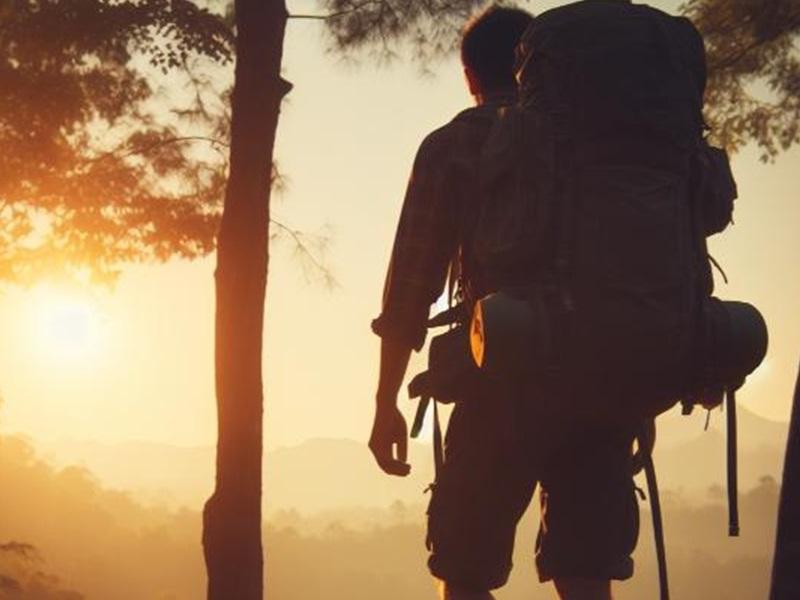
Camping out under the stars is one of life’s great simple pleasures. As the day’s tension fades with the setting sun, you settle into the cozy sanctuary of your sleeping bag, comforted by its warmth. However, not all sleeping bags are created equal when it comes to providing both comfort and portability on the trail. …

